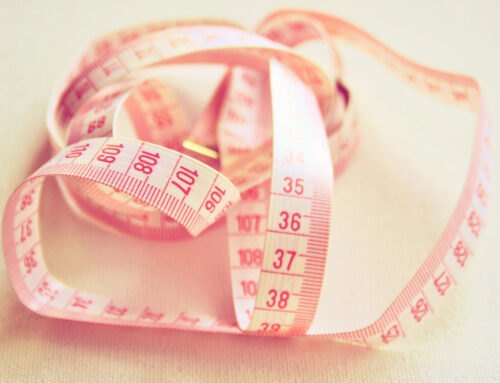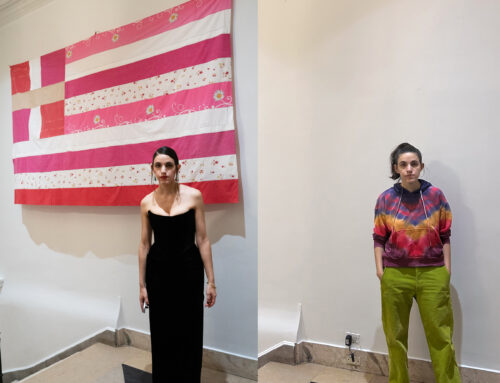It’s certainly no question that the faces of hospital beds, scrubs, and surgery are dynamically changing. A recent workforce report compiled by the Association of American Medical College (AAMC) reported that the number of female physicians in all surgical specialities is increasing.
Here’s a scene in which a medical school Professor recalls an experience from the classroom (The New York Times):
“‘Is this seat taken?’ I heard a student ask another student, who was holding a seat in the front row of a class I was about to teach.
‘Yep — that one’s taken!’ He laughingly gestured to his lap. ‘Want to sit here instead?’ he asked softly.”
Although the number of female physicians are increasing, so are the countless microaggressions in medical settings—be it hospitals or medical schools. Microaggressions are the everyday verbal, nonverbal, and environmental slights, snubs, or insults, which communicate hostile, derogatory, or negative messages to target persons based solely upon their marginalized group membership. Microaggressions can be unintentional, such as when a perpetrator tries making a misguided, unintentional attempt at humor. Although trying to lighten the situation, such remarks and actions can be viewed as a direct threat to the growing number of females within the medical setting.
In this case, females are viewed as the lesser, the inexperienced, as they enter into clinics and hospitals. As a result, they fall victim to countless microaggressions which suggest that they do not belong with the majority group and are of inferior status. But these agressions are certainly not the typical “women can’t be doctors” or “women should only be nurses” comments which have traditionally been hurled and punted in the way of women. These are often subtle and unintentional by the other person, but exposes the long-standing patriarchal worldview that remains prevalent within the medical setting.
A medical microaggression could be something as seemingly natural as an attending physician charging into a room filled with resident physicians announcing: “Man up people! The ED called and we need to get going!” In other situations, the microaggressions are certainly less natural, and more apparent. In one appalling incient, a lecturer chose a female student to be the podium model for his ultrasound skills demonstration class and referred to a specific angle of the instrument probe as the “money shot.” These comments are a violation of a woman’s power, sexuality, and control over her abilities and consciousness, especially as it becomes quite daunting to call out the perpetrator in the moment of aggression. Upon closer inspection, the microaggressions are rooted in unconscious biases that are fed by the intricate gender tensions that swim under the surface of daily life.
It’s important to address the barriers common to female physicians. In a society where it is already difficult for women to enter male-dominated industries, having microaggressive comments and actions done to them, only makes it more challenging for women to break into the medical industry, or even want to be part of the industry. It is essential to recognize microaggressions and stand up in defense when witnessing such a verbal assault. Bystanders can play a pivotal role in mitigating and alleviating these microaggressions by becoming active “upstanders” and speaking up in the moment—whether it be in the medical school classroom, in the clinic, or hospital.
Women are leaving the field of medicine just as they are entering, and oftentimes it’s not necessarily due to the pay gap or lack of positions available; rather its hidden in language, buried in actions, and rooted in disrespectful interactions between health professions and their patients, peers, and professors.




